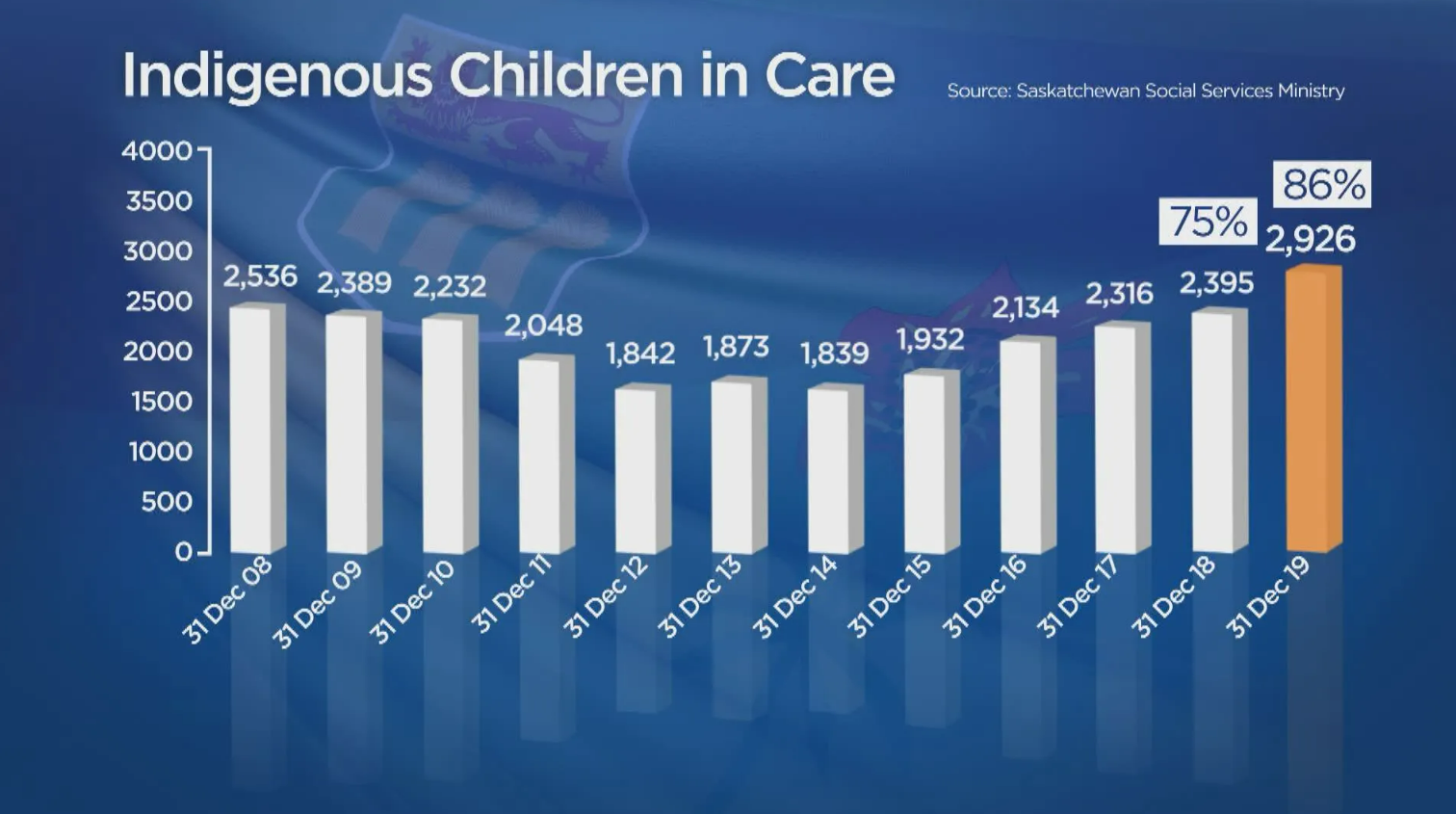Metis women from La Ronge and area in Northern Saskatchewan were respondents interviewed by Doris and Irene Poelzer for their study on Metis women's experiences in their home-communities. Numerous respondents reported discrepancies in the types of work available for men and women. They also reported discrepancies in the wages of men and women, with men being paid more for the same work. For example, these respondents stated that the types of jobs available for women were those that restricted them to traditionally feminized work, such as caregiving/nurturing, feeding, serving or providing instruction. That is, although job opportunities are scarce in the northern part of the province, those that were available for women were typically concession work, cleaning, health-related, teaching and clerical. These women believed that they had the same intellectual capacities as men, and that they should not be restricted (Poelzer 1985, 21-22).
One stated, “Women need training for jobs...I don’t want women to have the kind of life I had before” (Poelzer 1985, 23).
There was also a need expressed for support from one’s community and romantic partner. For example, women who ran for public office positions such as the school board believed that they were discriminated against because of their gender, and thus received few votes. In another example, women found that men refused to take instruction from them because of their gender. Overall, some respondents felt that men ignored, underestimate or exploited their Metis female co-workers (Poelzer 1985, 24-26).-
Metis women in Poelzer’s study also spoke extensively on the impact of religion in their life and the community. This impact was construed as both positive and negative. One respondent noted, “The church has been so much a part of exploitation”, as it provided a variety of services including education, health, employment and welfare. However, this also provided church officials with a great degree of control over the community, in which they took advantage of their privileged position by humiliating some individuals and also keeping community members dependent and indebted to their services. For example, individuals in the community must be church members in order to access services (Poelzer 1985, 27-36).
As well, women as a demographic are more likely to live in poverty and are often perceived to be primarily responsible for child-rearing. The financial burden resulting from poverty and raising children often results in a greater degree of reliance on these services. Metis women in the communities surveyed noted that church control was exerted by shaming women who practiced family planning or separated from a violent spouse. They also noted that they would be shamed for living common-law, even though some women declared that cohabitation gave them a greater degree of control, equality and autonomy than marriage.
One woman described the social pressure (resulting from the internalization of Christian moral norms) this way:
“You don’t feel right when you stay with the man without marrying him. It is just that when you go to some places, somebody asks if he is your husband, and you have to lie most of the time. You say ‘yes’ and you are lying. So it hurts you that way...And when you get kids, somebody is going to tell (them) that ‘he is not your dad. That is not your mother’s husband.’ It is not very nice very much” (Poelzer 1985, 49).
Another woman reported a more direct form of religious pressure: “...The church feels that if you are living common-law, you are not following the religion...marriage is quite a big thing” (Poelzer 1985, 49).
In contrast, Metis women respondents reported that common-law arrangements allowed for an easier separation if men were discovered to be immature or abusive. They also reported that such an arrangement prevented male romantic partners from perceiving his wife as property, that is, of possessing rights of ownership over her body or labour. An arrangement of cohabitation, therefore, was perceived to prevent domestic violence as well as prevent men from becoming jealous or of forgetting their household responsibilities.
Overall, women who received social services through the church were made to feel obligated to meet the expectations of religious officials by adhering to their moral and purity ideals (Poelzer 1985, 31-49).


